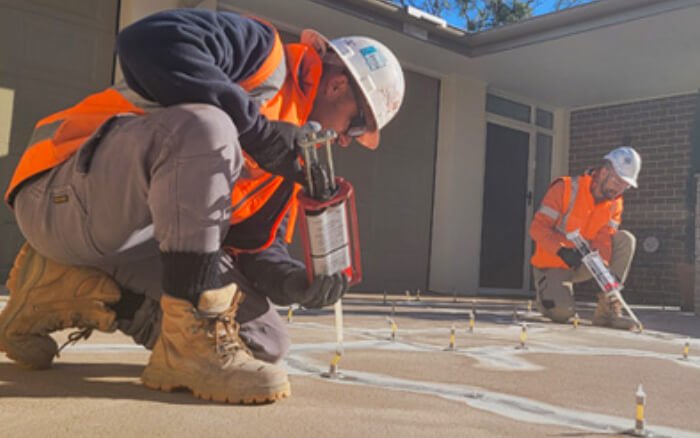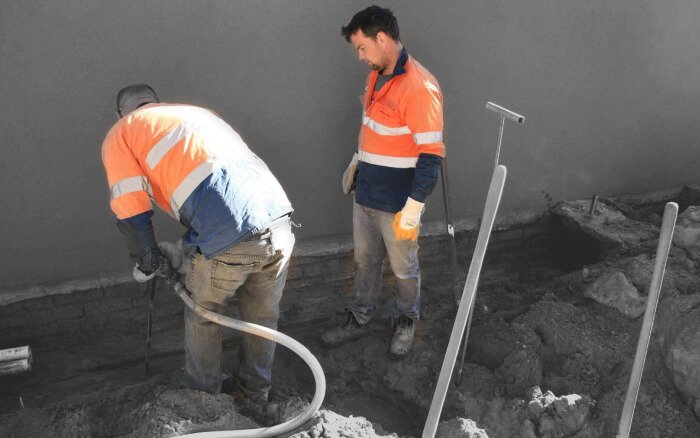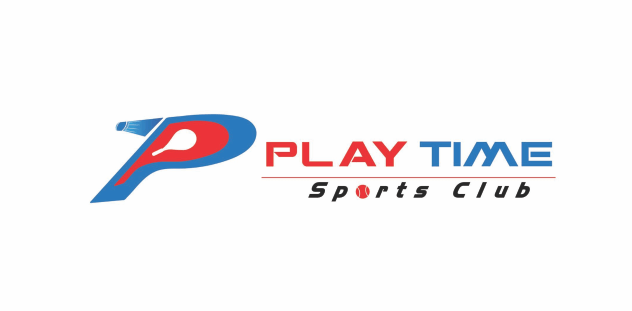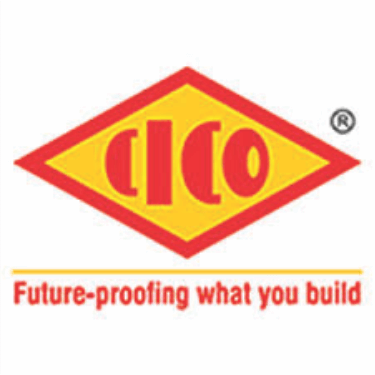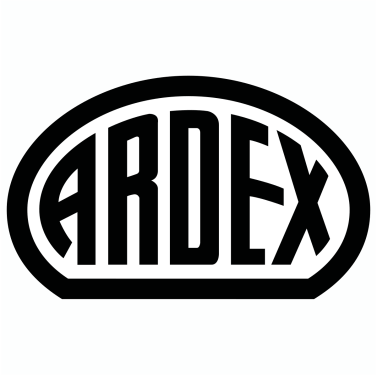What is Wet / Leakage Injection?
 Wet or leakage injection is a specialized method used to repair cracks and stop water infiltration in concrete structures. This technique involves injecting a water-reactive material, typically polyurethane, into cracks or voids in concrete. The material expands upon contact with moisture, effectively sealing the crack and preventing further water leakage. Wet injection is commonly used in basements, tunnels, foundations, and other concrete surfaces that are exposed to moisture or high water pressure.
Wet or leakage injection is a specialized method used to repair cracks and stop water infiltration in concrete structures. This technique involves injecting a water-reactive material, typically polyurethane, into cracks or voids in concrete. The material expands upon contact with moisture, effectively sealing the crack and preventing further water leakage. Wet injection is commonly used in basements, tunnels, foundations, and other concrete surfaces that are exposed to moisture or high water pressure.
How Does Wet / Leakage Injection Work?
The wet injection process is designed to fill cracks and voids with a material that reacts with water, ensuring that the crack is completely sealed and waterproofed. The process generally follows these steps:
- Surface Preparation: Before the injection begins, the surface around the crack is cleaned to remove dirt, debris, and loose concrete, ensuring proper bonding of the injection material.
- Injection Port Installation: Small injection ports are placed along the crack. These ports allow the injection material to flow evenly through the crack.
- Material Injection: A water-reactive material, such as polyurethane, is injected into the crack. The material expands upon contact with moisture and fills the crack completely, forming a waterproof seal.
- Curing and Sealing: Once the material has been injected, it cures and hardens to create a long-lasting, watertight seal. Any excess material is then cleaned off the surface.
Benefits of Wet / Leakage Injection
Wet injection offers several advantages when repairing concrete structures that are exposed to water or moisture:
- Effective Waterproofing: Wet injection is particularly effective for sealing cracks and preventing water from entering concrete surfaces, protecting against water damage and deterioration.
- Fast and Efficient: The process is quick and efficient, allowing repairs to be made without long downtimes. It can be done with minimal disruption to the surrounding environment.
- Durability: The injected material forms a strong, durable bond that lasts for years, ensuring long-term protection against water infiltration.
- Cost-Effective: Wet injection is an affordable alternative to more invasive repair methods, such as replacing large sections of concrete.
- Minimal Disruption: The process can be completed with minimal disruption to the area, making it ideal for occupied spaces or critical infrastructure.
Applications of Wet / Leakage Injection
Wet injection is used in various concrete applications, particularly in areas where water infiltration is a concern. Some common uses include:
- Basement Walls: Wet injection is commonly used in basements to seal cracks and prevent water from seeping into the space, protecting the structure from water damage and mold growth.
- Foundations: Foundations are vulnerable to water infiltration, and wet injection is an effective method for sealing cracks in foundation walls and slabs.
- Tunnels and Underground Structures: Wet injection is used to seal leaks in tunnels and other underground concrete structures, which are often exposed to high water pressure.
- Parking Garages: Wet injection is frequently used in parking garages to prevent water from entering the concrete and damaging the structure, as well as to protect against corrosion of reinforcing steel.
- Bridge Decks: Cracks in bridge decks can be sealed using wet injection to prevent water from infiltrating and causing further damage to the concrete and reinforcement.
Types of Injection Materials Used
Different types of materials are used for wet injection depending on the specific requirements of the project. The most common materials include:
- Polyurethane Foam: Polyurethane foam is the most commonly used material for wet injection. It expands when injected into cracks and voids, effectively sealing them and stopping water from entering.
- Polyurea: Polyurea is a fast-curing material that is also used for wet injection. It forms a durable, waterproof seal and is ideal for areas where quick turnaround is needed.
- Acrylic Gel: Acrylic gels can also be used for wet injection, especially in cases where a low-viscosity material is needed to fill narrow or difficult-to-reach cracks.
Why Choose Wet / Leakage Injection for Concrete Repair?
Wet / leakage injection offers a reliable and effective solution for concrete repair when water infiltration is an issue. Here’s why you should consider this method for your next concrete repair project:
- Waterproofing Capabilities: Wet injection is specifically designed to seal cracks and stop water infiltration, providing lasting protection against water damage.
- Minimal Impact: The injection process is minimally invasive, making it ideal for repairs in areas with limited access or where disruption must be kept to a minimum.
- Long-Term Results: The materials used in wet injection create long-lasting, durable bonds that will continue to protect the concrete for years to come.
- Cost-Effective: Compared to replacing concrete or other major repair methods, wet injection is a cost-effective and efficient solution for sealing cracks and preventing further damage.
Conclusion
Wet / leakage injection is an ideal solution for concrete repairs where water infiltration is a concern. This method offers fast, cost-effective, and durable results that protect concrete structures from water damage and deterioration. Whether you're dealing with basement walls, foundation cracks, or tunnels, wet injection can provide the long-lasting waterproofing solution you need.



